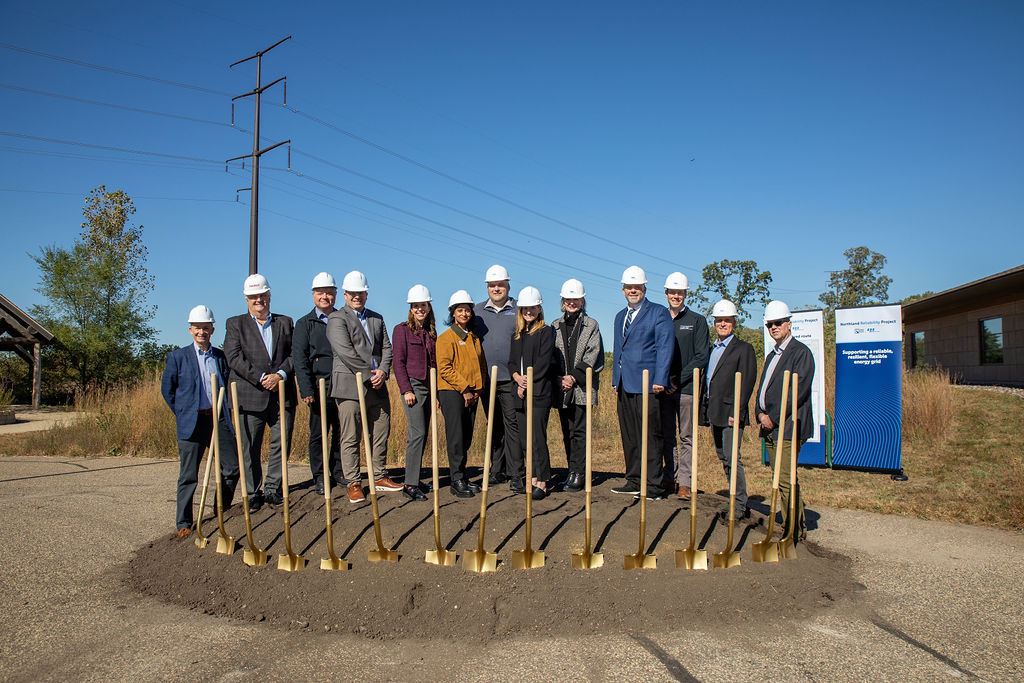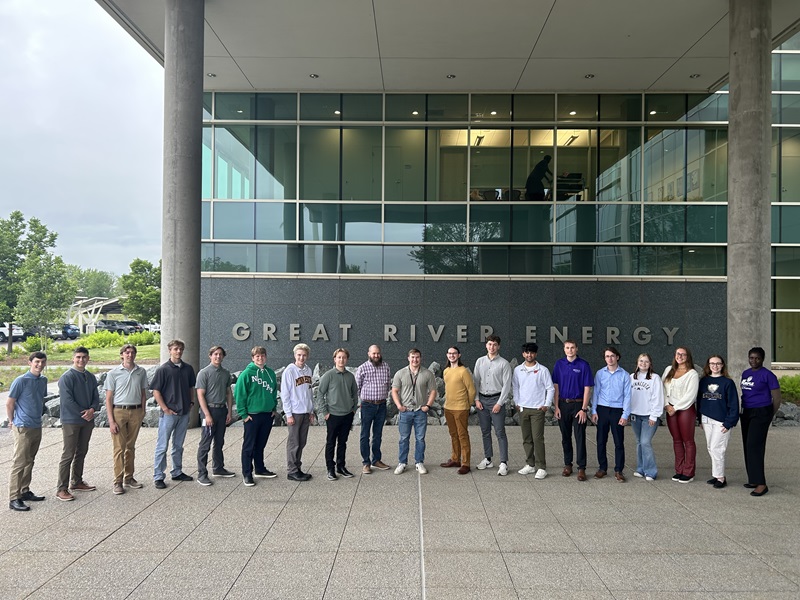The Pratt & Whitney FT4 combustion turbine has been a cornerstone for peaking plants across the country — including Great River Energy’s St. Bonifacius facility — since manufacturing began in the 1960s. However, it is becoming increasingly important to keep the turbines in peak condition due to their age and the number of units still in operation. Supply chain issues, high demand and a small pool of experienced personnel are making it challenging to source parts and provide maintenance on these important turbines.
Great River Energy is meeting these challenges head on and recently hosted the first Pratt & Whitney FT4 conference at its Maple Grove, Minnesota headquarters. This user-driven conference featured 15 utilities from across the Midwest along with several vendors. The aim of the conference was for users to come together to share ideas, best practices and lessons learned.
“These incredible pieces of technology serve as the backbone of our peaking fleet,” said Preston Walsh, supervising manager, Minnesota generation, Great River Energy. “They are so important we thought it was a good idea to get utilities and vendors together to share their knowledge and experiences in the hopes we can extend the lifespan of these turbines and continue to provide reliable power for decades to come.”
The conference kicked off with a tour of the St. Bonifacius peaking facility where attendees got an up-close look at an FT4 turbine and its operation. Day two of the conference was held at Maple Grove with presentations from vendors on FT4 turbine maintenance, inspections and supply chain issues for parts.
“These are important topics for FT4 operators,” Walsh said. “They are remarkably dependable units but several decades old. Sourcing parts is getting difficult with more vendors transitioning to wind.”
A roundtable closed out the conference with attendees discussing their operational challenges as well as experiences with turbine parts suppliers and vendors.
Conference organizers say the event was a tremendous success in fostering collaboration and knowledge sharing amongst utilities. They hope to grow the conference in the years to come.

 " data-object-fit="cover">
" data-object-fit="cover">
 " data-object-fit="cover">
" data-object-fit="cover">